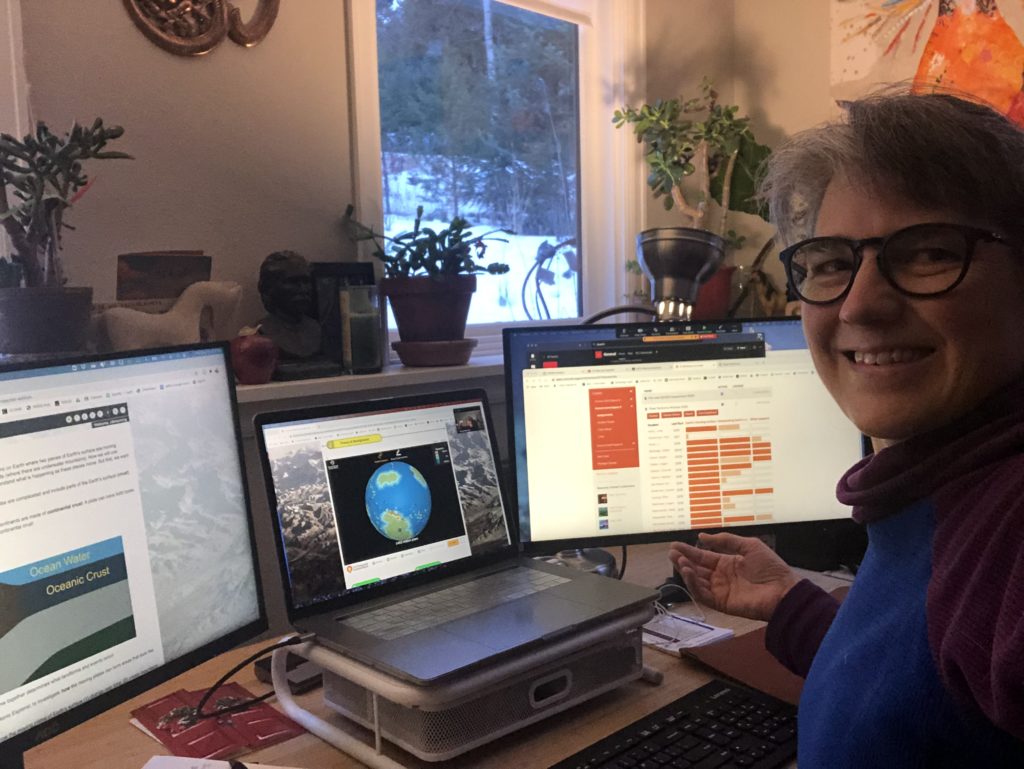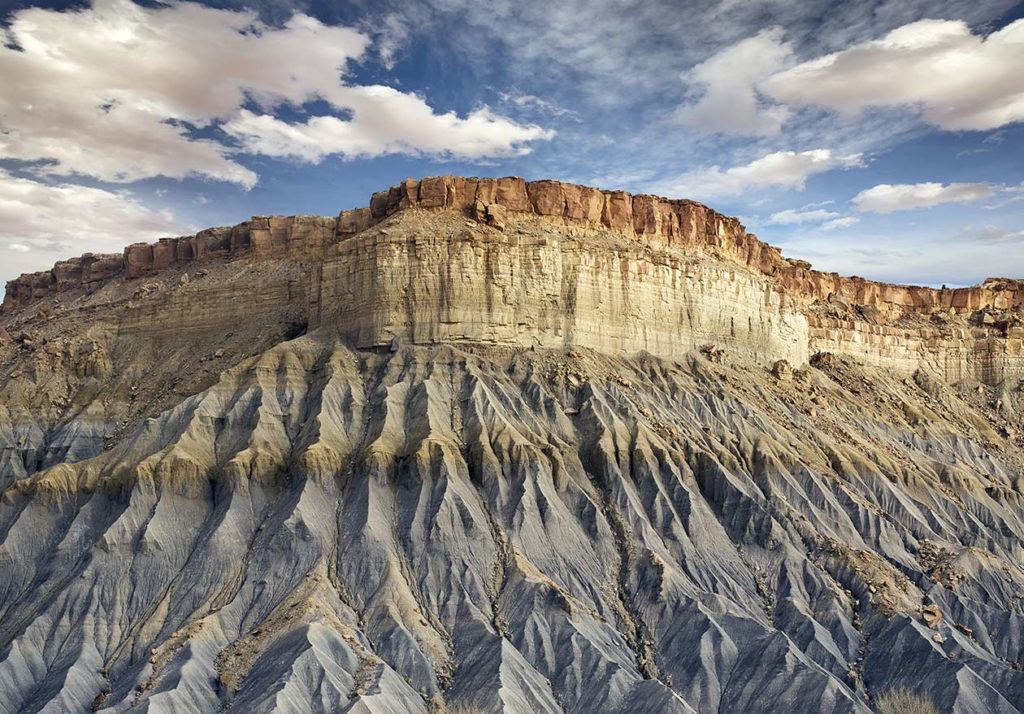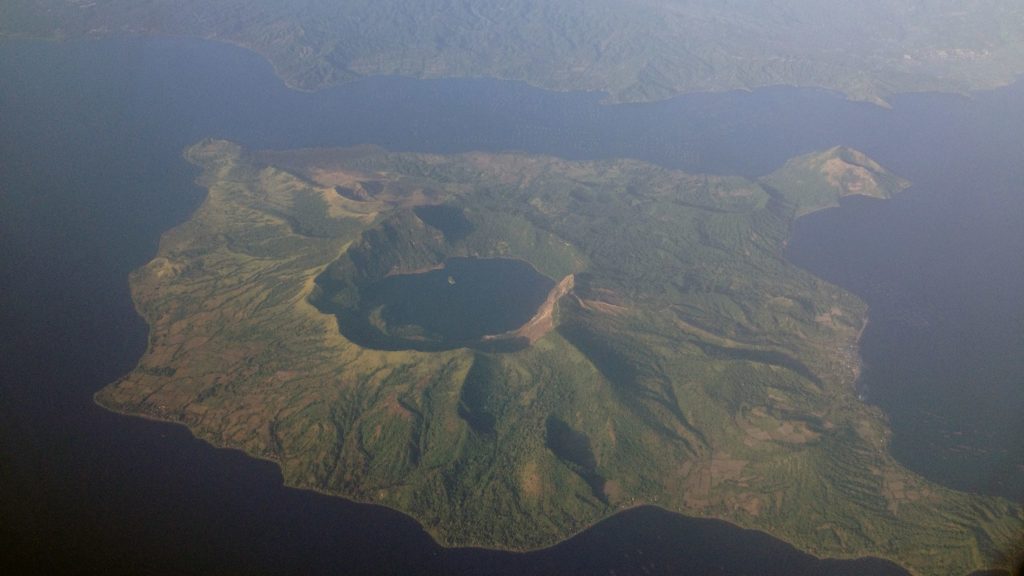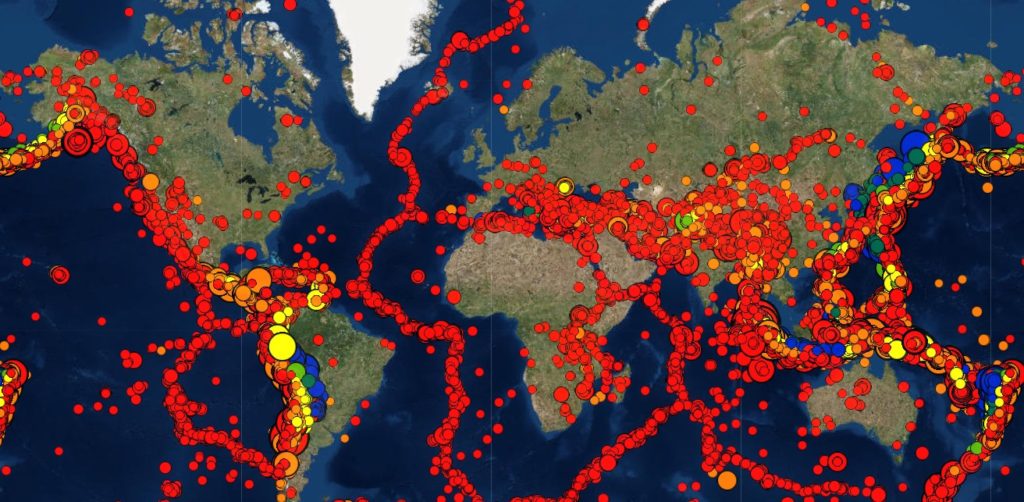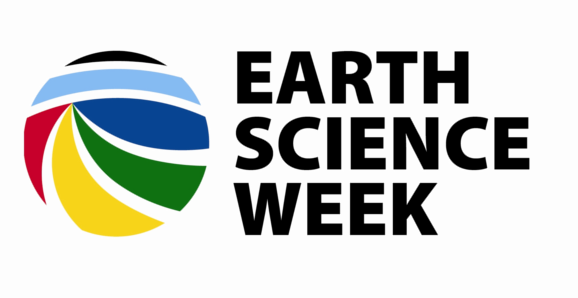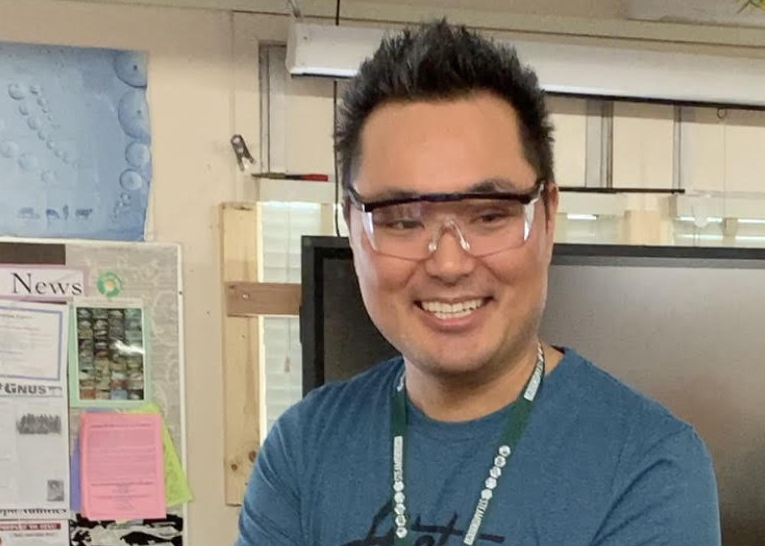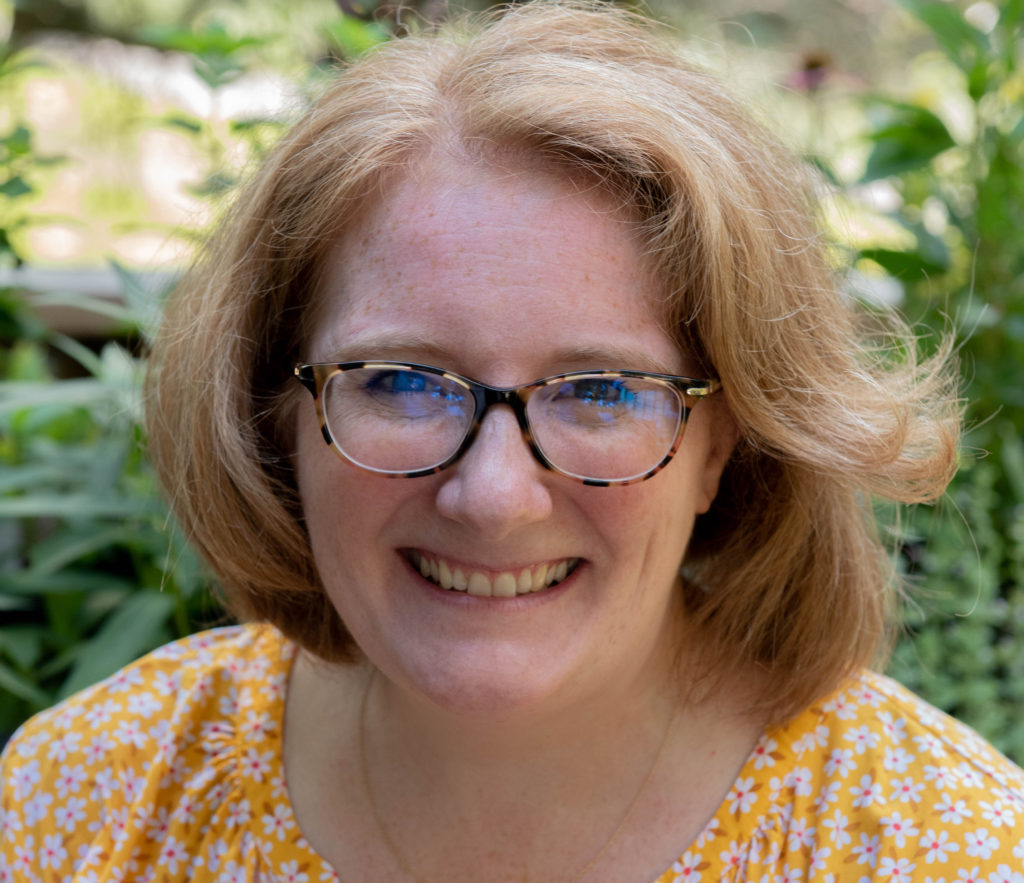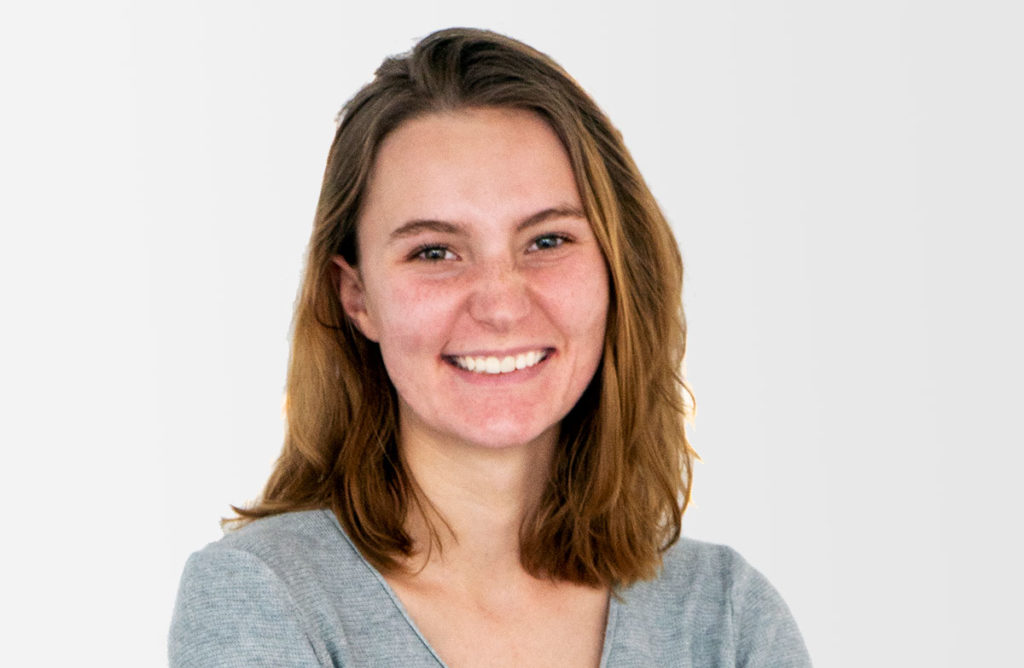Category: Tag: GEODE
By any measure, this has been one of the most stressful years on record, and teachers are among those most affected by the massive devastation wreaked by COVID-19. A recent New York Times article describes the emotional and physical toll of pandemic teaching, and we’ve heard directly from many teachers with whom we’ve collaborated for […]
TecRocks allows students to investigate the evolution of rock sequences created under different tectonic conditions.
All volcanic eruptions are dangerous. Some are more dangerous than others. Volcanic eruptions range from slow, relatively gentle flows of lava to explosive eruptions of gases, ash, and rock. Our Visualizing Geohazards and Risk with Code project (GeoCode) challenges students to model tephra volcanic eruptions (tephra refers to all particles ejected explosively from a volcano, […]
Julia LaCava was a summer intern at the Concord Consortium. A junior at Ithaca College, she majors in communications. Imagine being able to set up a simulation of an Earth-like planet to explore tectonic plate movement and see the results of plate interactions. Now your students can do just that, thanks to our new Tectonic […]
Julia LaCava was a summer intern at the Concord Consortium. A junior at Ithaca College, she majors in communications. Earth’s surface is dynamic and changing all the time. Volcanic eruptions and earthquakes alter the landscape, sometimes in very dramatic and sudden ways. On a much longer time scale, the movement of Earth’s plates can change […]
Julia LaCava was a summer intern at the Concord Consortium. A junior at Ithaca College, she majors in communications. Earth Science Week 2019 is October 13-19! The event, founded by the American Geosciences Institute, is in its 21st year and is focused on building a better understanding and appreciation for the Earth sciences for all. […]
Michael Lim loves literature that’s inspiring. “What better way to enjoy meaningful texts than to teach them?” he thought. So he earned his college degree in English education. However, when he graduated there were no jobs available. Thankfully, he also had a “few years of pre-med classes,” so he put them to good use and became a long-term substitute chemistry teacher. Michael went on to pass the chemistry certification exam, and has been teaching 10th, 11th, and 12th grade chemistry for twelve years.
“We wondered when you’d figure it out.” Once David Oyler decided to be a teacher, his friends and colleagues wondered what had taken him so long. They understood his heart lay in teaching long before he did.
Christine Fernandes began as a horticulture major at Pennsylvania State University, but transferred to agricultural education so she could become a teacher. She absolutely loves her career choice. She learned about the Concord Consortium through a listserv from her alma mater. We’re collaborating with Penn State on our GEODE project to develop new geodynamic plate tectonic modeling software for middle school students. The software is designed to allow students to observe and describe the formation of surface geologic features in terms of plate interactions. Christine explains, “It really clicked for the students, seeing what was happening below the ground in relation to the size and magnitude of the earthquakes along the western coast of South America.”
While a sophomore at Ithaca College, Julia LaCava wrote a novel in a month. Though she had written full-length scripts for homework, this was not a typical class assignment. She had had a story in her head for over a year, complete with a storyboard of all the characters’ emotions and playlists of songs that […]
